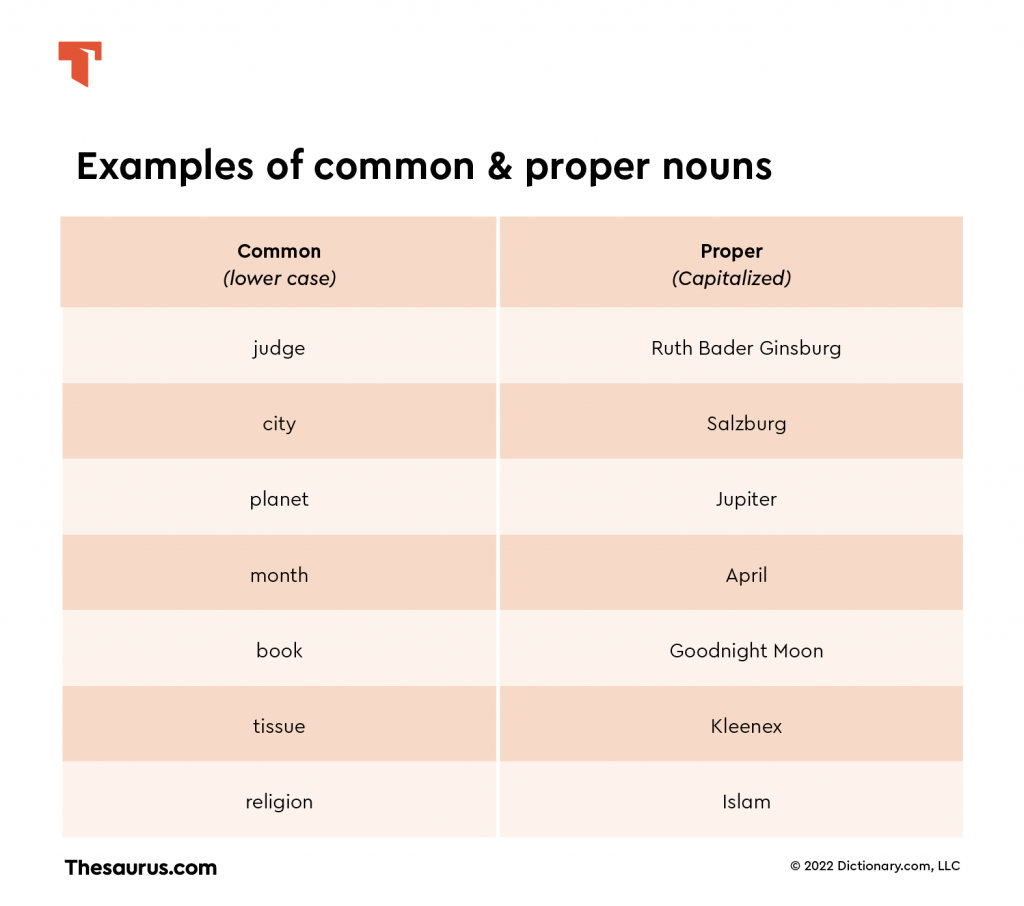When it comes to understanding the English language, one important concept to grasp is the difference between proper nouns and common nouns. Both types of nouns play a crucial role in constructing sentences and conveying meaning. Let’s delve deeper into the distinctions between the two.
Proper nouns are specific names given to particular people, places, or things. They always begin with a capital letter, regardless of where they appear in a sentence. For example, “John,” “London,” and “Toyota” are all proper nouns. They serve to identify unique entities and differentiate them from others.
Proper Nouns vs Common Nouns
On the other hand, common nouns are general names for people, places, or things. They do not require capitalization unless they appear at the beginning of a sentence. Examples of common nouns include “dog,” “city,” and “car.” Common nouns are more generic and refer to categories of objects rather than specific individuals.
While proper nouns pinpoint specific entities, common nouns encompass broader classes of objects. For instance, “New York” is a proper noun that refers to a specific city, whereas “city” is a common noun that can apply to any urban area. Proper nouns help to provide clarity and precision in communication, while common nouns allow for more general descriptions.
It is essential to use proper nouns when referring to distinct people, places, or things that have unique identities. By contrast, common nouns can be used to discuss general concepts or objects that belong to a particular category. Understanding the distinction between the two types of nouns is crucial for effective communication and writing.
In conclusion, proper nouns and common nouns serve different purposes in the English language. Proper nouns identify specific individuals or entities, while common nouns refer to general categories of objects. Both types of nouns are essential for constructing sentences and conveying meaning accurately. By recognizing when to use proper nouns versus common nouns, you can enhance the clarity and precision of your writing.
